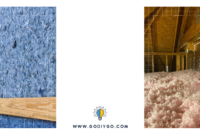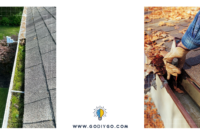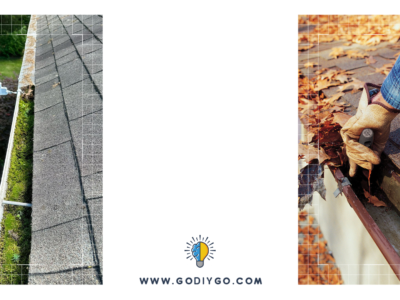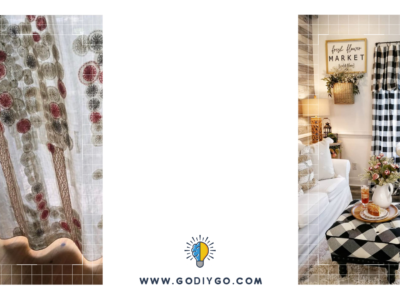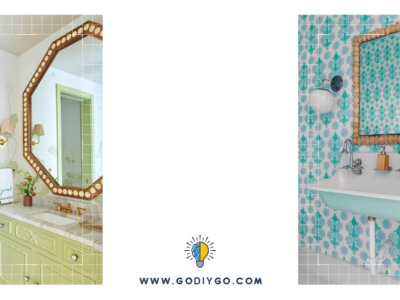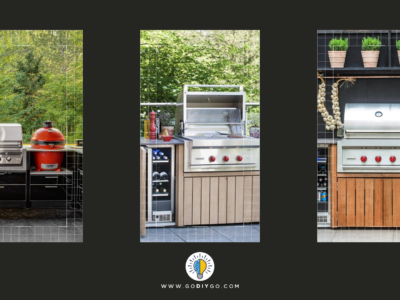Sustainability is important to many people, and for very good reasons. Making your home more sustainable can have a wide range of benefits – from reducing your carbon footprint to saving money on your energy bills.
This option should definitely be considered, whether you’re designing your house’s interior or updating the outside. In this article, we’ll provide some tips on how to make your home more sustainable, organic, and natural.
Use Organic Paint
This is usually made from plant-based oils, resins, and pigments. It can sometimes contain other natural ingredients like beeswax or essential oils. Organic paint is often used in eco-friendly or green homes, as it doesn’t give off harmful chemicals as conventional paints do.
It’s also more environmentally friendly as it doesn’t contain any toxic ingredients that can pollute the air or water.
Organic paint can actually be cheaper in the long run as it doesn’t need to be replaced as often as conventional paint. There are many organic paint products you can buy online, including milk paint, finishing creams and pastes, wood finishing oils, and waxes. There are also helpful blogs on how to paint antique furniture or apply wood wax.
Use Recycled Materials
Using recycled materials is a great way to be sustainable and benefit the environment, and some examples include:
- recycled plastic lumber for decking, fencing, and other outdoor structures
- using recycled glass for countertops and backsplashes
- using salvaged wood from old buildings for furniture, flooring, and other woodworking projects
- opting for used furniture from thrift stores, antique stores, or online classifieds
- choosing natural fibers such as wool, cotton, and linen for upholstery, curtains, and carpets
- avoiding synthetic materials such as polyester and nylon which are made from petroleum products
These materials are usually cheaper than buying new products and can be just as durable. This is a better option than using fresh materials that require energy and resources to produce. Recycled materials can also add character and unique style to your home.
Insulate With Natural Materials
You have a number of suitable choices here. Wood is an excellent insulator and has the added benefit of being a renewable resource. Cellulose is also a great insulator and is made from recycled paper products. Hemp insulation is another good option that’s made from a sustainable resource (hemp plants).
Other benefits include:
- improving the air quality in your home
- reducing noise pollution
- Increasing the value of your home (especially considering the rising popularity of environmentally-friendly housing)
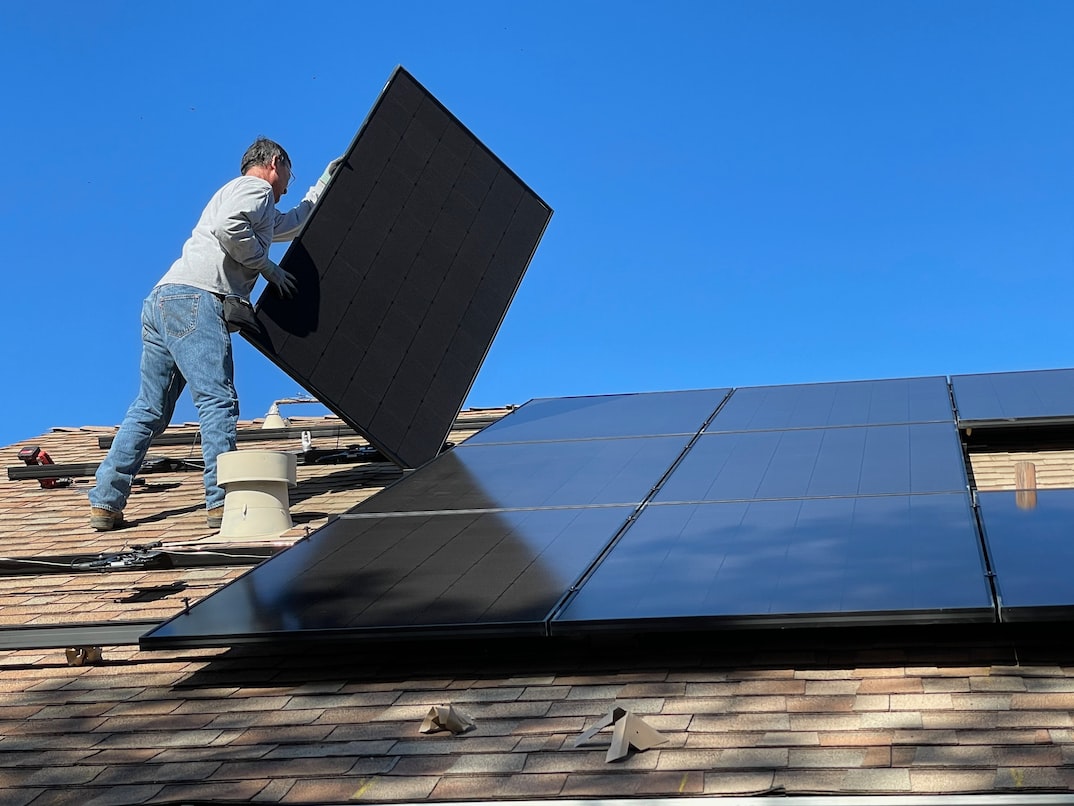
Install Solar Panels
These are devices that convert sunlight into electricity, and they’re composed of solar cells. Solar panels are usually mounted on rooftops or in open spaces such as parking lots and can be used to power homes, businesses, and other buildings. The benefits of solar panels include reducing your carbon footprint, saving money on your energy bills, and providing a renewable source of energy. Solar panels can also upgrade the appearance of your residence.
If you’re interested in solar panels, you’ll need to determine if your home’s suitable for them. This includes factors such as the size and pitch of your roof, the amount of sun your home receives, and the local zoning regulations. In terms of installers, they’re not all created equal. Be sure to do your research and get quotes from multiple companies before making a decision.
Grow Your Own Food Using Organic Gardening Methods
If you have the space, growing your own food is a great way to benefit the environment and eat more sustainably. Organic gardening methods are those that avoid the use of synthetic fertilizers and pesticides and instead, rely on natural processes and materials. Some things you could grow in your garden include fruits, vegetables, herbs, and flowers.
To get started, find out what methods will work best in your area and for the plants you want to grow. You may also need to purchase some compost or mulch. Start by preparing your soil, which may involve adding organic matter (e.g. compost or manure) to improve its fertility. Then choose plants that are well-suited to your climate and soil type, using mulch to help retain moisture and control weeds.
Don’t forget to water regularly and deeply, especially during dry periods.
Collect Rainwater And Grey Water
These options are an excellent way to reduce your reliance on mains water and save money (especially if you live in an area with high rainfall). Rainwater can be collected from your roof and stored in a water butt or tank for use in the garden. Grey water is wastewater from your home that can be reused for tasks such as watering plants.
To collect rainwater, you’ll need a water butt or tank that’s connected to your guttering. These are available from most gardening or DIY stores. You may need to position the butt under an eaves droplet to maximize the amount of rainwater that’s collected.
Upcycle
Upcycling is taking something that would normally be thrown away and giving it a new life. This can be done in a number of ways, such as repurposing, recycling, or reusing. There are many benefits to upcycling. It reduces waste, saves finance, and is beneficial for the environment. It also allows you to have more unique items in your home that reflect your personality.
Here are some examples of household items that can be upcycled:
- Old clothes can be made into quilts, rugs, or pillows.
- Empty jars can be used as vases or storage containers.
- Tin cans can be used as planters or organizing bins.
- Cardboard boxes can be used as toy chests or storage boxes.
- Recover your sofa, chairs, and pillows to extend their lives
- Paint or stain aging wooden items so they look fresh and match your current decor
These are some of the ways you can upgrade your home in a sustainable, organic, and natural way. It will be more beautiful and functional than ever, and may even save you money. Added to that, you’ll be benefiting the environment and setting an example for other people to follow.


